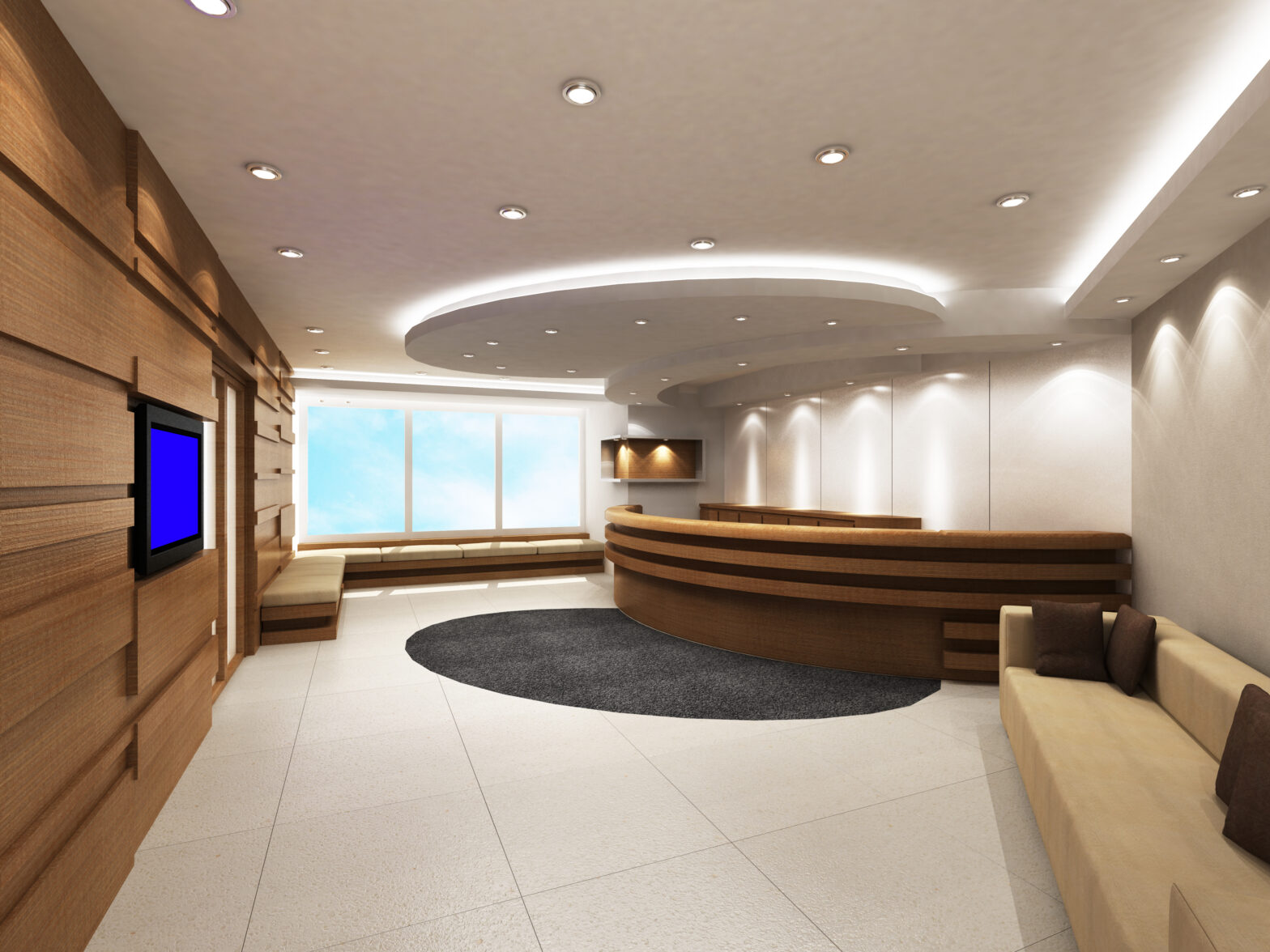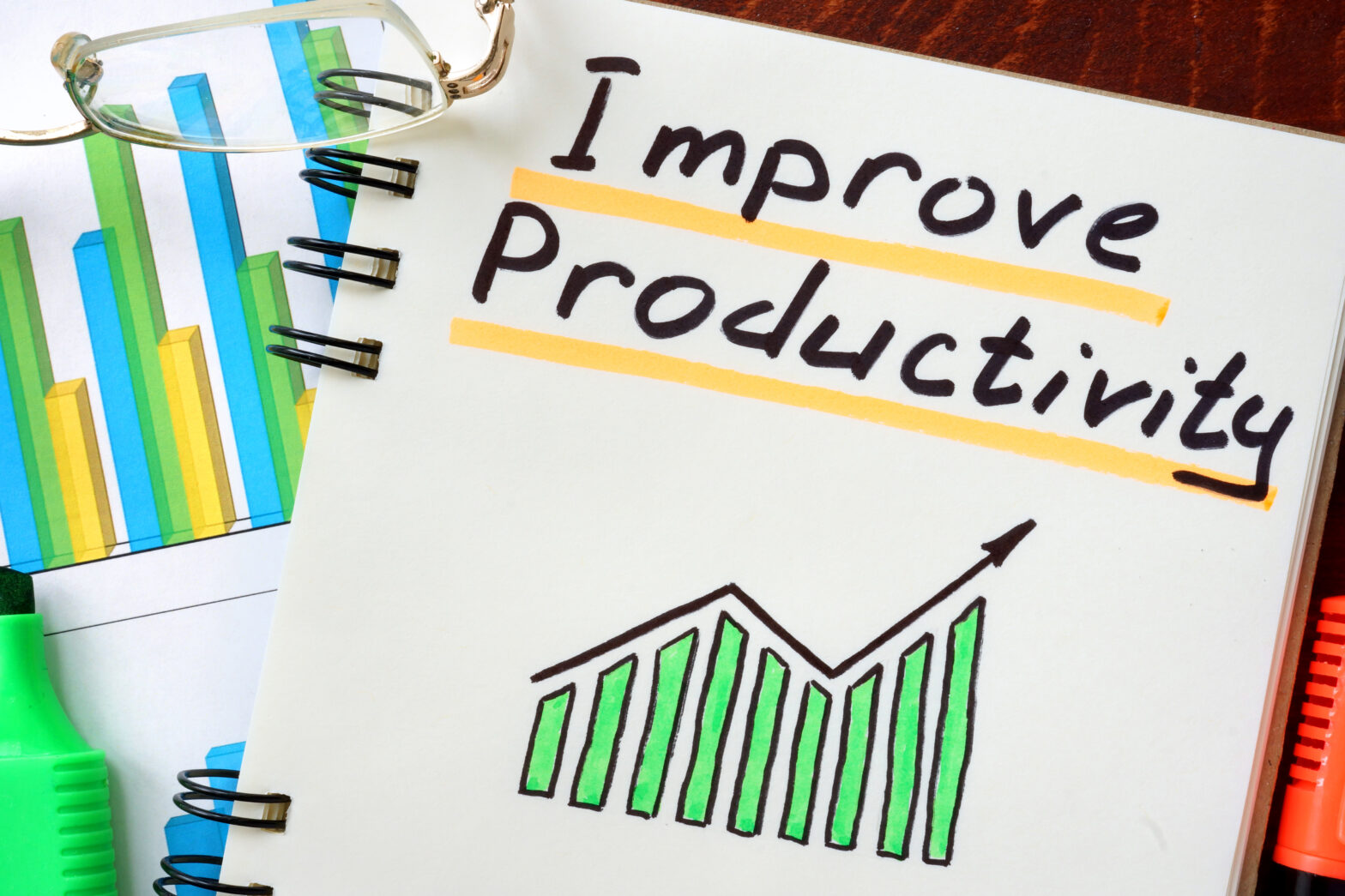According to the US Bureau of Labour Statistics, there were more than 52 million knowledge workers employed in America in 2013. Knowledge workers (anyone whose primary role involves creating data, analysing or acting on information) make up one of largest groups in the American workforce, and they say that poor lighting directly affects their productivity.
Bruskin Goldring Research recently surveyed a set of knowledge workers in the US, revealing that as many as 85 per cent of respondents stated that they suffered from headaches as a result of poor lighting at the workplace. The survey also revealed that the majority of respondents polled believed that improved lighting in the workplace could help improve mood and increase energy levels in the workplace, which would directly affect their productivity.
With such a large percentage of one of the biggest workforces in one of the largest countries in the world complaining about how poor lighting is affecting performance, the situation demands that business executives sit up and take notice. Given that human resources are the most expensive part of running any business, anything to make your workforce even slightly more productive will have a huge effect further down the line. The EU’s Lighting For People project has proven that proper lighting in the workplace directly influences productivity in the workplace. Their findings show that the right lighting can help regulate your employee’s body clock, boosting mental performance and helping your employees feel more alert and energetic. The better the light quality, the more pronounced this effect is.
This isn’t something which should come as a surprise – the Journal of Property Management stated back in 2001 that the cost of improving your lighting systems ‘can be offset exponentially by the gains of a more productive workforce’. Failing to invest in your employees by not providing them with the tools they need for the job is one of the biggest mistakes you can make as a business owner, especially when the fix is something as easy as changing your lightbulbs.
It was also reported around the same time that by using modern lighting equipment in the workplace led to absenteeism dropping by 25 per cent, productivity increasing by more than 13 per cent and energy bills decreasing by 69 per cent. The Seattle Times took this data and calculated that the ROI that improved lighting generated at this point was approximately 1000 per cent – and that was over a decade ago.
In recent years we have radically changed the way we light the world around us, with old, inefficient, high-wattage bulbs being all but completely phased out. Modern LED bulbs such as the GU10 range now offer exceptional light levels while using up to 90 per cent less energy compared to traditional incandescent bulbs, meaning that they don’t just help your workforce see, they keep your bills to an absolute minimum. If improved light levels and light quality can show massive, immediate boosts to your business, there is little doubt that using the brightest, most energy efficient bulbs in the workplace can exponentially increase the productivity of your workforce while actively helping your bottom line. With this in mind, using LED lighting in the workplace really is a win-win solution for office managers everywhere.





